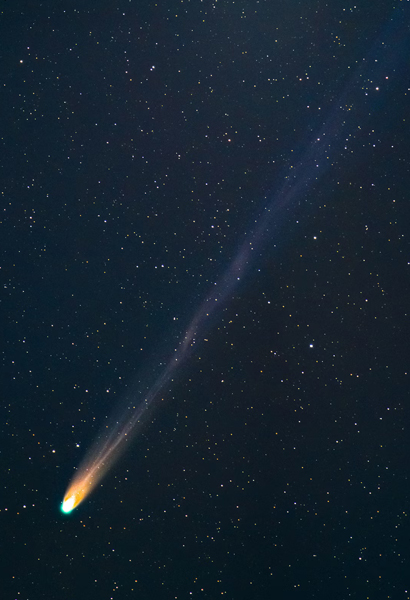

Birth: February 25, 1670
Death: December 29, 1720
Specialty: Astronomy
Major Contributions:
Writings on the conjunction of the sun w/Saturn and Venus
First woman to discover a comet
Contributed to calendars for the Royal Academy of Sciences
As the daughter of a forward-thinking Lutheran minister, Maria Kirch was educated by her father and her uncle at a time when girls didn’t have many opportunities, educational or otherwise. After studying with astronomer Christoph Arnold, she was introduced to mathematician and astronomer Gottfried Kirch whom she married in 1692.
While neither attended formal training they worked as a team to make astronomical observations, although she was usually seen as his assistant not his equal. Together they made observations and calculations that they then used to create calendars and ephemerides – documents that gave the positions of astronomical objects at given times. The Royal Academy of Sciences in Berlin sold their calendars which included information on the phases of the moon, the setting sun, eclipses, and the position of the sun and other planets.
In April 1702, while making her nightly observations, Maria discovered a previously unknown comet and is now credited as the first woman to discover a comet – credit which she didn’t receive at first for her husband claimed the discovery and naming rights. It is thought that maybe he feared the ridicule if people knew she was the discoverer or that she couldn’t claim it because she only wrote in German and not the proper Latin but nonetheless it wasn’t until 1710 that Gottfried admitted the truth.
But she did publish her own work including her observations of the Aurora Borealis, a pamphlet on the conjunction of the sun with Saturn and Venus and an approaching conjunction between Jupiter and Saturn in 1712.
Completing her work became more difficult for her with the passing of her husband in 1710 at which time she petitioned the Royal Academy to allow her to continue to produce their calendars. At the time it was common practice that a widow would take over a husband’s craft after his death. The head of the academy supported her petition, but the membership denied her the position, fearing it would set a precedent of appointing women to formal positions.
In 1716 her son was named the director of the Berlin Observatory, and she was his assistant, but Maria was forced into retirement as the Royal Academy members thought she was too visible at the observatory. Being forced to choose between fighting for a position or her own which might hurt her son’s reputation and retirement, she selected retirement, but continued her own observations at home until her death in 1720.
Written by Angela Goad
Sources:
Encyclopedia Britannica: Maria Kirch
She Is An Astronomer: Maria Winkelmann Kirch
The Galileo Project: Kirch, Maria Margarethe Winkelmann
Wikipedia: Maria Margarethe Kirch
See Also:
